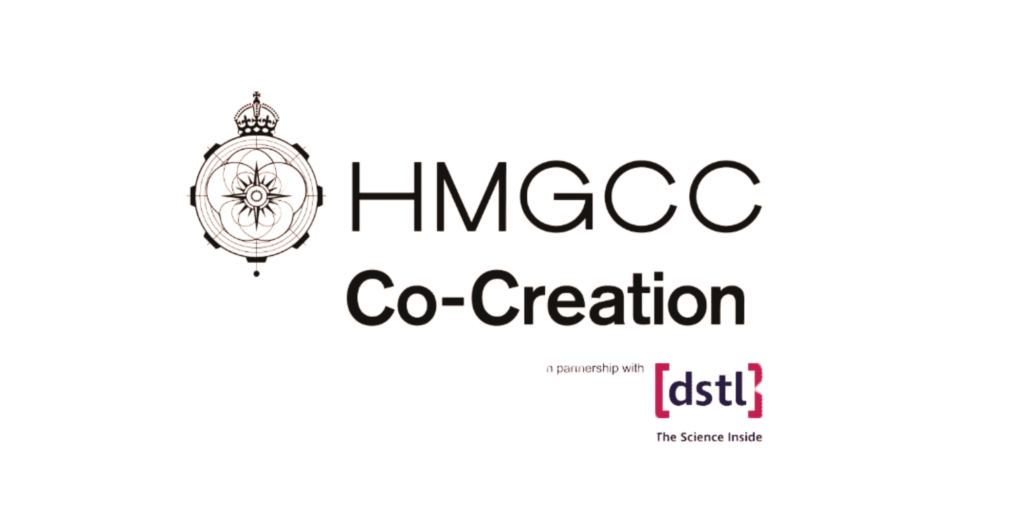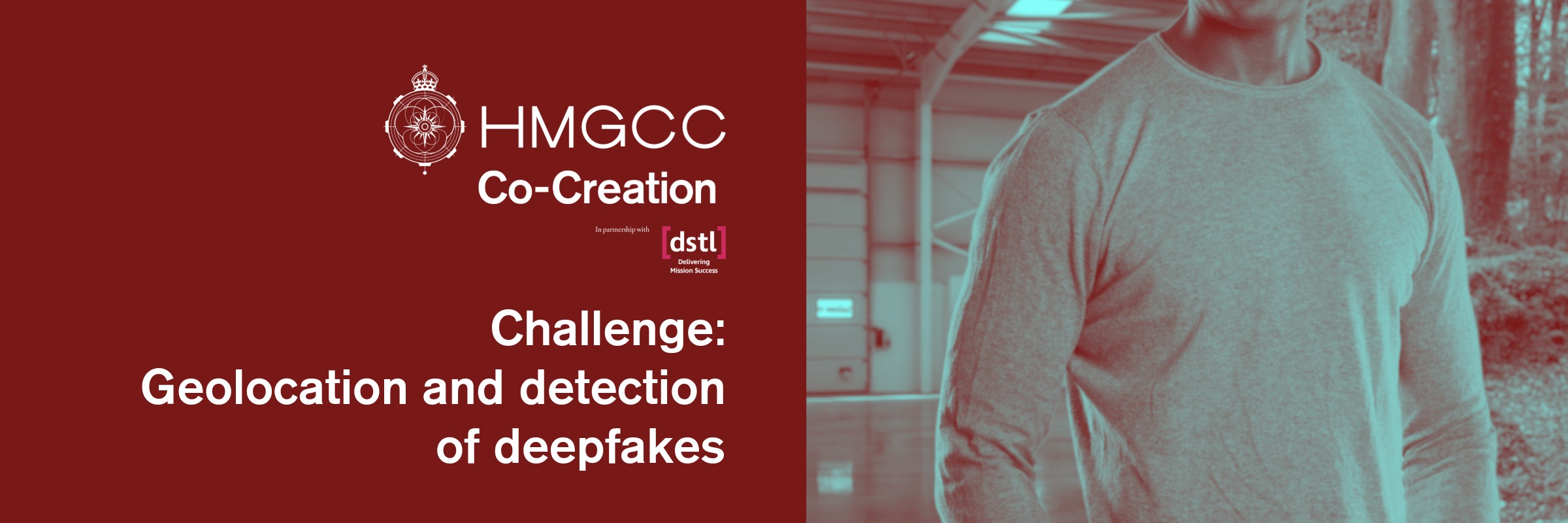
Tools to geolocate and detect deepfakes in photos are the focus of the latest HMGCC Co-Creation challenge now open for applications.
Organisations are being invited to apply for a 12-week challenge aimed at researching potential tools and their effectiveness.
Photo analysis is important to national security for example in a hostage situation, when images are scrutinised for clues to proof of life and location. Continuing developments in doctored photos and deepfakes have made this more challenging.
This project will be centred around two workstreams:
• 1: Test commercial photo geolocation tools, explaining how they work. The bulk of the work is expected in this workstream.
• 2: Conduct deepfake red/blue team testing.
Organisations are encouraged to collaborate and form consortia for these workstreams, particularly for red/blue team testing. Increased funding is available for these collaborations.
Technology themes
Artificial intelligence, app development, business intelligence, computer vision, data science and engineering, geospatial science and technology, machine learning, privacy enhancing technologies, software development.
Key Information
Budget per single organisation, up to (ex VAT): £80,000
Budget for consortium, up to (ex VAT): £120,000
Project duration: 12 weeks
Competition opens: Monday 22 September 2025
Competition closes: Thursday 23 October 2025
The challenge
Context of the challenge
National security investigates images of concern, including those related to kidnappings, conflicts, suspected crimes, terrorist activity, and disinformation deepfakes. Photos are analysed to identify perpetrators and the location of the offence.
The gap
Although AI tools can help geolocate where a photo was taken using features within the image such as trees or vehicles, these black box style tools don’t provide the reasoning of why a conclusion has been reached. Any checks are also being carried out against a backdrop of major advances in deepfake technology – making this work even more challenging.
Example use case for the intended tool
In an exercise examining images for ‘proof of life’ evidence in hostage scenarios, Jean is looking closely at photos of Claude. In a real situation, it would be her job to help gain information to aid his safe release.
In one photo Claude appears to be alone with a view of the road behind him as well as a wooded area and cloudy sky. There is no metadata or digital forensics information available to investigate. Jean uses a tool to analyse this image which suggests several locations with varying degrees of confidence suggested. The reason behind the conclusions from the tool are explained, giving a level of assurance. Jean looks to verify these locations with street view images.
In another image, the tool being used suspects the background image is not consistent with the road markings and the flora in view suggesting alternative locations. There is a flag from the tool that the image appears to have been altered or is entirely fake. Using this tool, Jean can distinguish fake from real images, aiding in the successful re recover Claude from captivity.
Project scope
Applicants should aim to deliver a report of their research, and, if applicable, a developed geolocation deepfake detection image tool. The workstreams are:
• 1: Test commercial and in-development photo geolocation and deepfake detection tools, explaining how they work. The bulk of the work is expected in this workstream.
• 2: Conduct red/blue team testing of photo geolocation tools, using genuine and deepfake images to assess accuracy. It is encouraged that different organisations create photos and deepfakes (red team) and another detects (blue team). More funding is available for consortium submissions.
Tools being tested should range from mature technology readiness level (TRL) 9 to those in development, TRL 5. In addition, there is up to £10,000 of a further call-off budget towards purchasing of software licenses and tools.
Essential requirements:
• Trial a minimum of four different geolocation and deepfake detection tools.
• Provide a final report on tools tested. Include detection methods analysed, indicators that are identified in images and how confidence/accuracy levels are determined.
• During red teaming, use deepfake generation that requires text or image input and not artistry techniques.
• Use geolocation tools that could operate without an internet connection.
Desirable requirements:
• A geolocation tool which provides a confidence heatmap. For example, if a tree type suggests high confidence in pinpointing location but a road sign suggests low confidence.
• A geolocation tool with text-based input and interface.
• Details of the training data used by the geolocation tool.
Not required:
• A tool that only scans metadata.
Key dates
Monday 22 September 2025
Competition opens
Tuesday 7 October 2025 at 10am
Tuesday 7 October 2025 at 5pm
Clarifying questions deadline
Friday 10 October 2025
Clarifying questions published
Thursday 23 October 2025
Competition closes
Tuesday 4 November 2025
Applicant notified
Tuesday 11 November 2025
Pitch day in Milton Keynes
Wednesday 12 November 2025
Pitch day outcome
Friday 14 November 2025
Commercial onboarding begins*
*Please note, the successful solution provider will be expected to have availability for a one hour onboarding call via MS Teams on the date specified to begin the onboarding/contractual process.
Monday 1 December 2025
Target project kick-off
Eligibility
This challenge is open to sole innovators, industry, academic and research organisations of all types and sizes. There is no requirement for security clearances.
Solution providers or direct collaboration from countries listed by the UK government under trade sanctions and/or arms embargoes, are not eligible for HMGCC Co-Creation challenges.
Clarifying questions
Clarifying questions or general requests for assistance can be submitted directly to cocreation@hmgcc.gov.uk before the deadline with the challenge title as the subject. These clarifying questions may be technical, procedural, or commercial in subject, or anything else where assistance is required. Please note that answered questions will be published to facilitate a fair and open competition.
